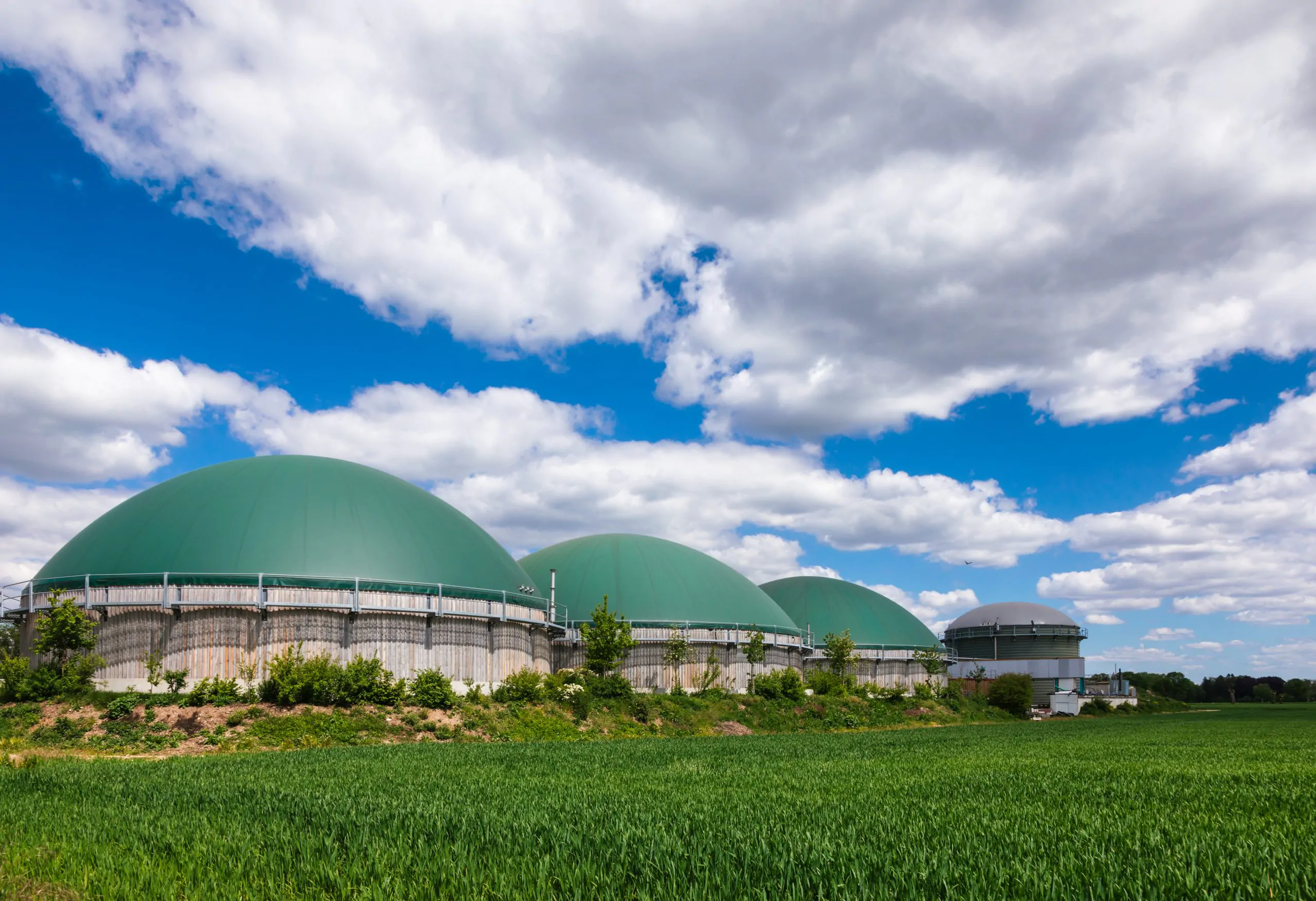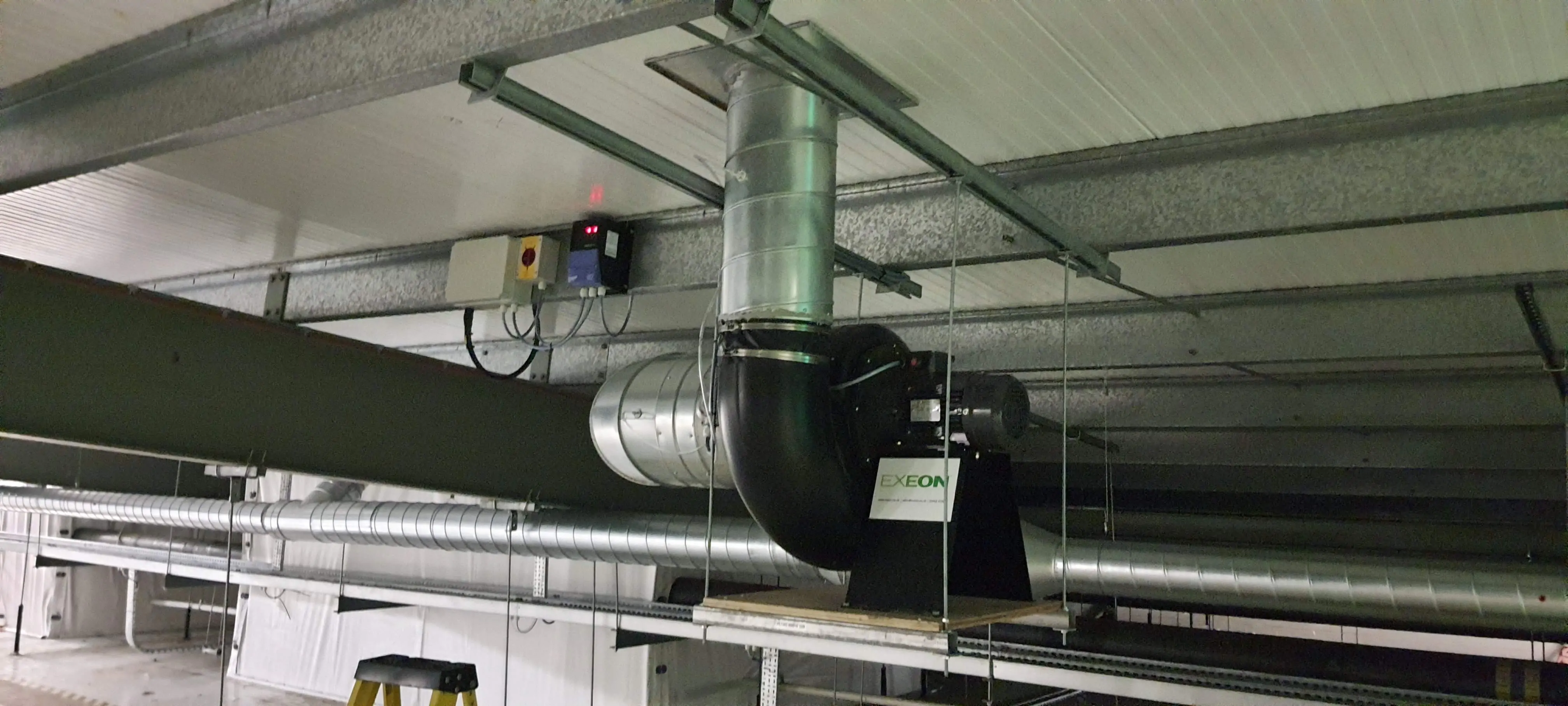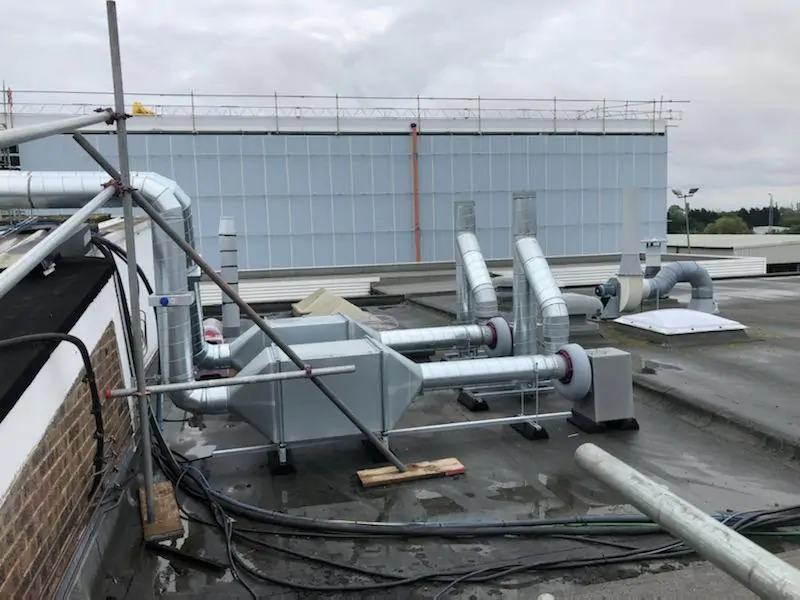Anaerobic Digestion & Biogas
Humidity, temperature and corrosion resistance against toxic gases and moist air
Fans for Anaerobic Digestion & Biogas Production
The risk of explosion or corrosion from toxic gases and moist air respectively, means that components within environmental systems such as anaeobic digestion must be corrosion resistant and manufactured from suitable materials that can handle the aggressive nature of the fumes generated in the environment. For example, corrosion resistant polypropylene fans should be used to exhaust biogas from the digestor to the combined heat and power engine to enable safe and effective processing.
Biogas technology can supply 30% of the UK's domestic gas demand
reducing methane emissions and tackling the climate crisis.
Anaerobic digestion and biogas technology can supply 30% of the UK’s domestic gas demand. That is the degree of importance that the Worlds industry trade organisation ADBA placed on the ability of a fully supported UK biogas industry back in 2015. The process is now a continually important area of focus as the initiative can reduce CO2 emissions, provide a wide range of post COVID employment opportunities for city and rural occupants, produce low carbon energy 24/7 and provide a resource to fertilise land and reduce polluting farm run off. According to David Newman, President of the World Biogas Association, “If we do not address methane emissions from organic waste, all our efforts to tackle the climate crisis will fail. AD is one of those ready to go, ready to scale technologies, the path we take is clear”. Biogas is the main desirable product from anaerobic digestion of organic carbon. The key to small scale digestion is generating and utilising the energy on site to help to meet our 2023 targets as set by the Government.


